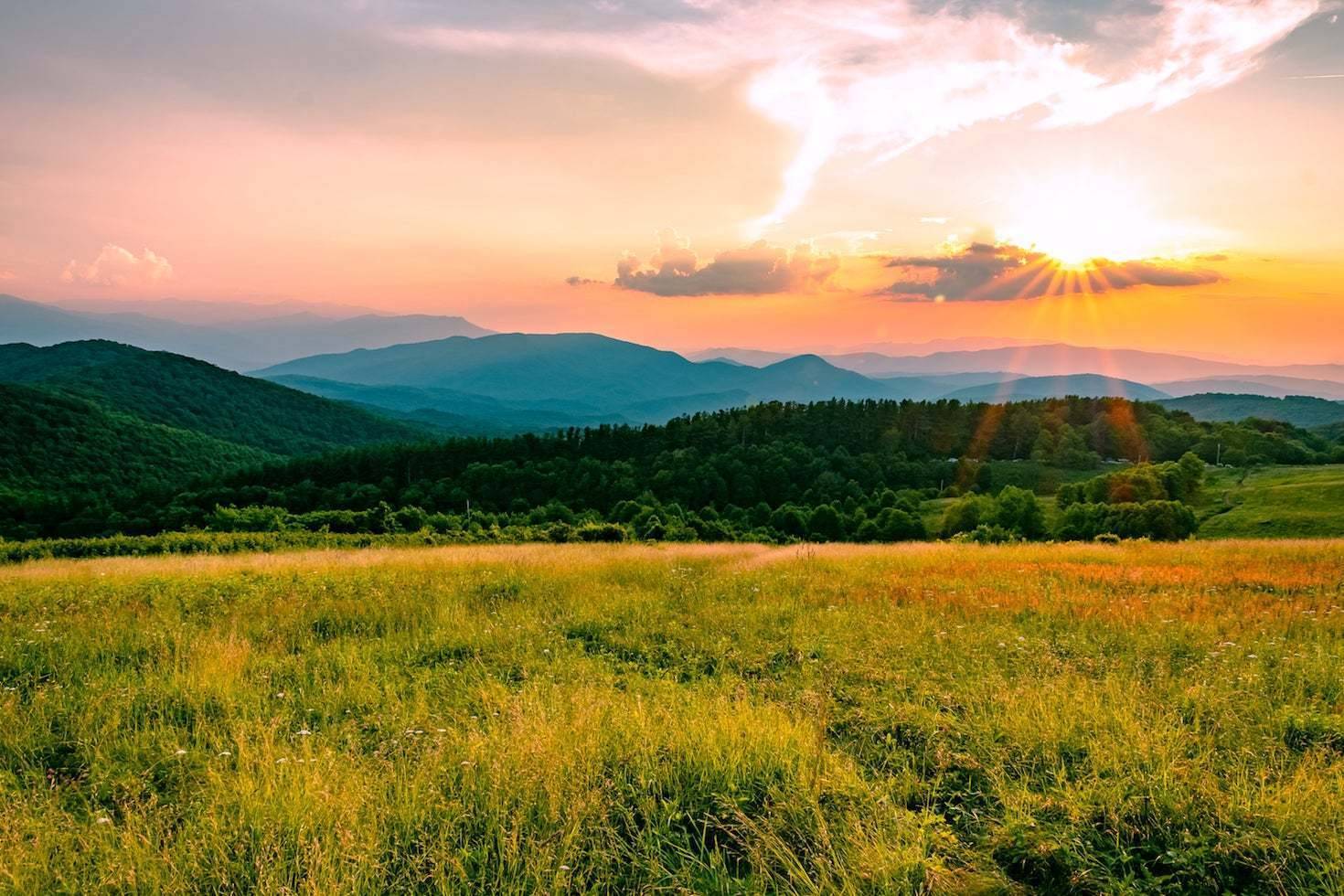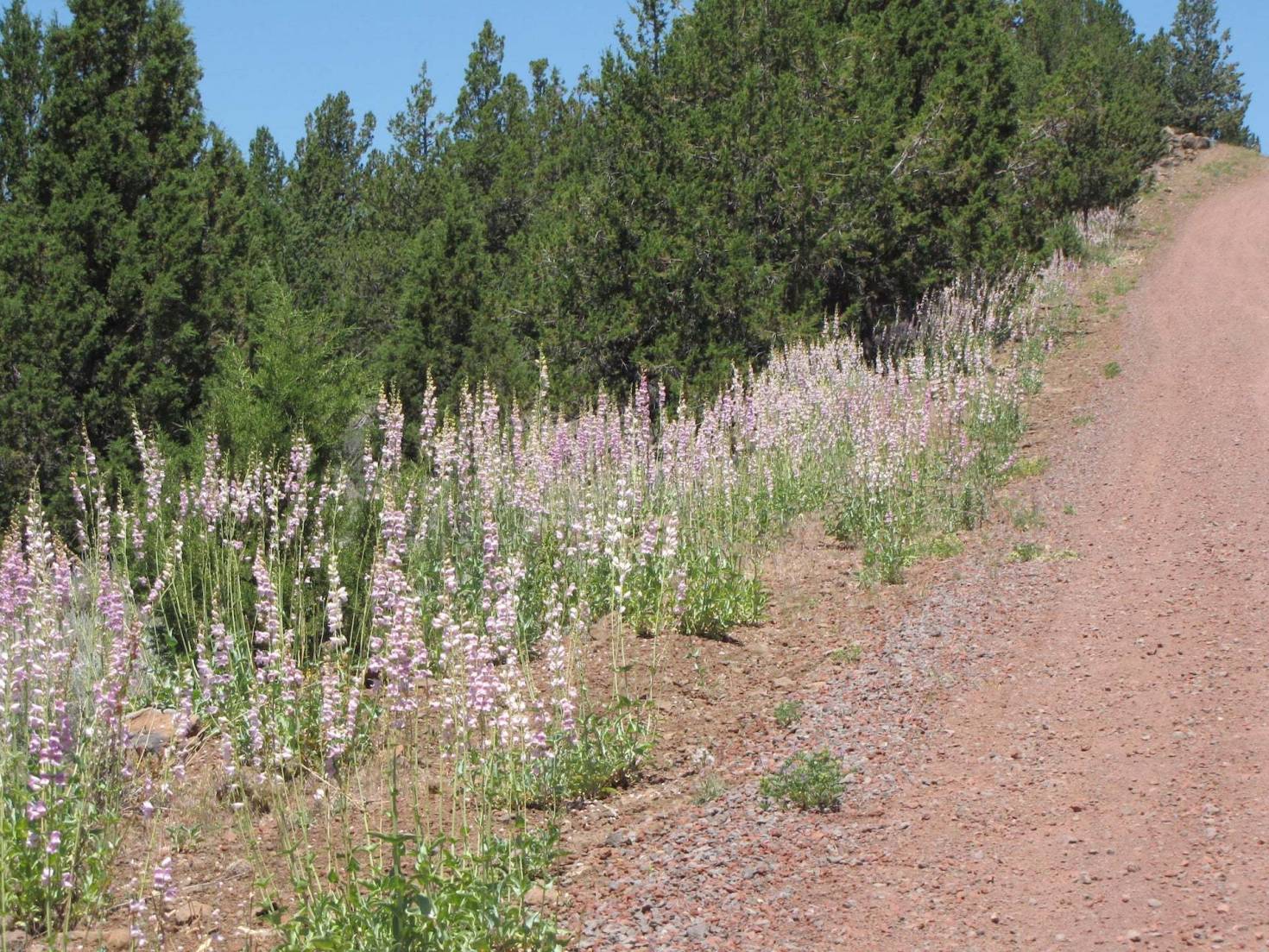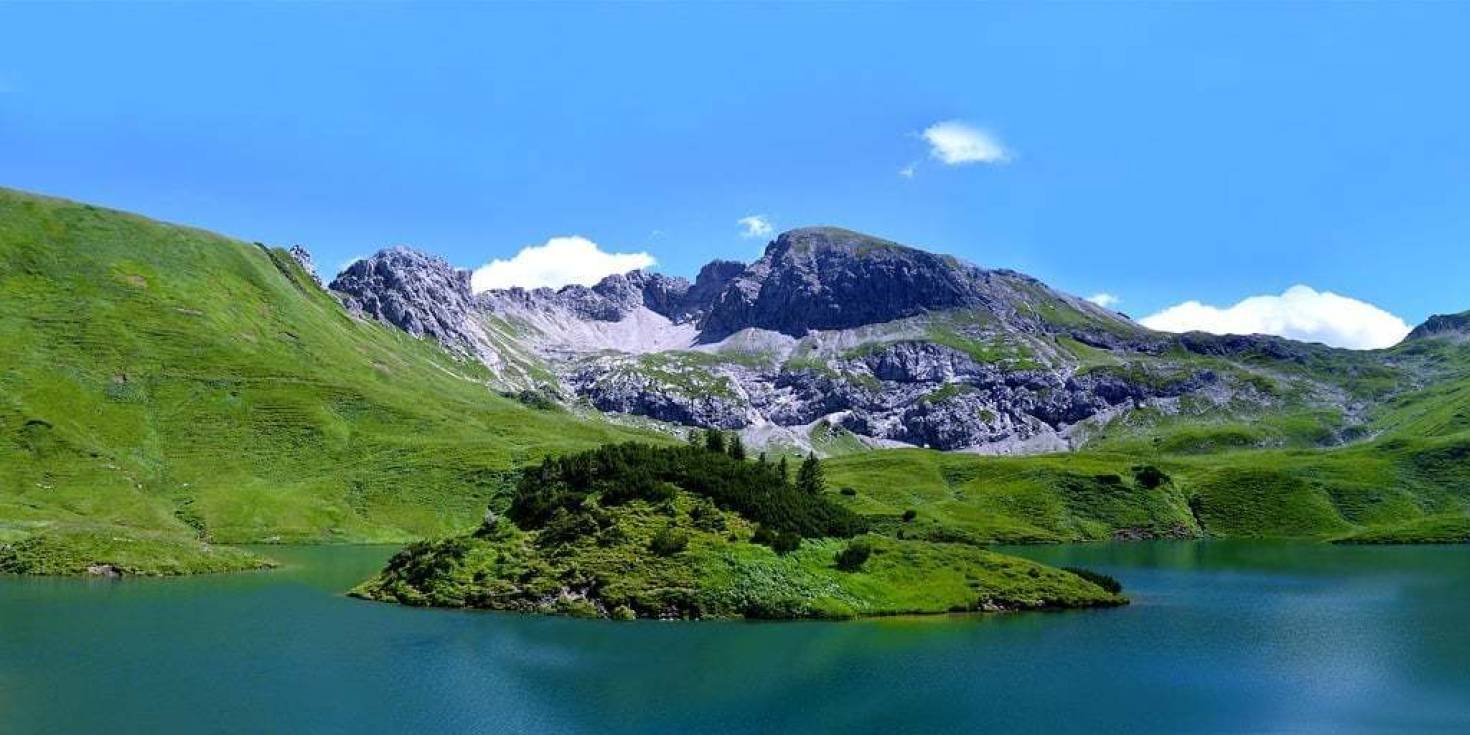Why isn’t my property selling? This is one of the most common questions asked in real estate that nobody wants to have to ask. It can be extremely frustrating to be stuck with a property that, for whatever reason, just won’t sell, especially if you need it to sell before you can move in another direction. This can be especially discouraging in the land market since on average, land for sale tends to take longer to sell than homes.
Wake up! If you haven’t already, it may be time to awaken to the fact that we’re in the digital age. Real estate marketing, and business marketing in general, has moved online. No longer is a potential buyer required to physically step foot on a property to get an idea of what it’s like, learn about it, and generate interest in it. A lot of this information can be collected from the comfort of your home sitting on your couch in your pajamas. To learn more about why your property may not be selling, take a look at our article discussing what to do when your land isn't selling.
If your land isn’t selling, one crucial arena to take a look at is photography. The importance of photography and videos in real estate, including the land market, probably can’t be overstated. Believe it or not, there’s still land listed for sale out there that doesn’t have any photos at all to accompany it. With all the competition from properties for sale in the online marketplace that include professional, high-quality photos, videos, and virtual tours, this is going to be a hard sell.

You might be thinking… “I can understand having great photos in the housing market with all the competition and different combinations of floor plans, material types, square footage, etc... but all I’m selling is vacant land comprised of dirt, grass, and trees.” Since buyers can instantly view thousands of land listings with the click of a button, your property must be represented with the highest quality possible to get their attention and generate interest. This still applies whether you're talking about highly expensive beachfront land, or cheap land. To learn more about inexpensive land, check out our article highlighting which state has the cheapest land.
You’ve got one shot at a first impression, and exceptional photos may be the number one way to influence potential purchasers since their first impression is likely to be online.
I tell all our agents that good photography and a great online property presentation can be the difference between a buyer coming back to look at a property or simply clicking on to the next one.Jeff Evans, Broker at Whitetail Properties
Jeff Evans is a highly successful broker from Whitetail Properties, which has become one of the largest recreational land brokerages in the U.S. Here's the rest of what he had to say in addition to the quote above. “The days of snapping a few pictures from the road out of your truck window with an old camera are long gone. Quite honestly an agent should consider spending as much time creating their online presentation with quality photography, video, and aerial imagery as they spend walking and getting to know the property. We tell our agents to invest in a higher-end camera and a quality drone, these are now the essential tools of the trade. Drones have changed the buyer’s experience of viewing properties online.”
Many of the real estate photography studies conducted have been done in the residential housing market, but the consumer behavior linked with real estate sales data is telling enough. In a report conducted by Properties Online, Inc., nearly 95% of buyers used the internet to search for property and 76% used a phone or tablet. 83% deemed photos “very useful."
This example of using video to market land for sale is about as good as it gets.
There are certain types of photography that can bring your land listing to life.
Aerial photography and drone videos
An essential element in a land listing is to give viewers an overview of the whole property. The best way to accomplish this is aerial photos and videos using a drone. This seems to separate the “men from the boys,” or a great listing versus an average listing. This is a quick way to visually communicate to buyers what’s available in a property that can’t be seen from a ground view. There is also satellite imagery and internet mapping technology available for aerial shots. This is common with large acreage properties as well as an island for sale.
Highlight the right features
You’ll want to emphasize and showcase the positive features of the land you’re trying to sell. One method to accomplish this is to make sure there's enough contrast between the features you want to be highlighted and the other elements.
Put yourself in the buyer’s shoes. What features would be important to them? What characteristics would be most appealing? Are there any angles with attractive background views such as snow-capped mountains, healthy greenery, elegant horizons, or other charming qualities? To give buyers a complete picture, you may want to include shots of neighboring properties as well.
Surveys and topography
If available, it can be remarkably helpful to buyers to include a photo of a recent land survey and photos portraying the topography of the property. Surveys often contain property data you can’t get anywhere else like easements or restrictions that exist, a detailed description of the property including clearly marked boundaries, and whether or not the land is in a flood zone. Check out our blog post to find out more about the role land surveys play in buying and selling property. A topographic survey deals with the natural and manmade features on the land like hills, ravines, streams, trees, fences, or improvements. A potential buyer has a specific use in mind for the land he’s looking for, and depicting the topography can help him decide if the property fits the bill.


Check out these two images. Which photograph better represents the land for sale and therefore would be more likely to capture the attention of buyers? The second photo is vibrant and represents the property well by telling you a lot about the land, while the first photo is dull and doesn't tell you very much.
Although there are many variables in the mix that go into buying and selling land, photography has the power to make or break the sale. It’s important to keep in mind, with all the new technology available today, to represent the property in a completely honest way. The idea is to capture the land with the highest quality possible, not to mislead anyone.
Professional photography principles
There’s a few basic principles shared by the pros that even the most inexperienced beginners can apply to their photography and begin to get immediate positive results. Since photographing vacant land to sell and landscape photography are so similar, you might want to give these suggestions a try.
Keep it simple. Don’t overthink the photo and end up making it too complex. Keeping what’s in the frame simple and can often automatically help in emphasizing the subject. Focus on what will help the viewer engage.
Create depth of field. You can naturally pull viewers into the image by using near-far composition, which is essentially when your background subject is further away than your foreground subject. Another method to pull this off is to use high-quality cameras that have the capability of causing the background to appear blurry and your foreground to be crystal clear.
Don’t center the subject. In photography, there’s a term known as the rule of thirds which means you break your frame into 9 equal squares using 2 horizontal lines and 2 vertical lines. It looks like a pound sign (#) or a tic-tac-toe board. Place the elements you care about on the vertical and horizontal lines.
Perspective is everything. The term attitude in aviation means angle of approach. The angle you take the picture from can play a significant role in whether it’s captivating or boring.
Lighting can make or break it. The lighting present while your taking your photo is one of the most crucial elements to be aware of. Many photographers prefer the “golden hour”, which is around an hour after sunrise or an hour before sunset.
Leading lines can create a journey. Certain natural features are great to lead or draw viewers’ attention into the image or to other elements in the photo. An example could be a ridge, stream, or even a path that leads to a destination and doesn’t just vanish.
Equipment can make a big difference. Smartphones nowadays are extremely useful and capable of taking excellent photographs. However, there are still things they can’t do and possibly never will. Whether you’re talking about a camera, lens, or drone, purchasing higher quality equipment, although possibly not necessary, can take you further.
Techradar published a great article on the best beginner DSLR cameras without having to empty your bank account and PhotoWorkout features a post on the 7 best cameras for real estate photography.
According to Nature TTL, these are the 7 best cameras for landscape photography and Outdoor Photographer posted what is in their opinion the most popular and useful landscape photography lens.

When in doubt, if you have the cash, hire a professional, experienced real estate photographer/videographer. Chances are you’ll sell your property quicker at a higher price. They have authentic tricks up their sleeve to make your land look exceptional, and grab the attention of even passive shoppers.
If you're a land seller or agent, listing your land for sale on LandSearch will get you listings more exposure in front of an audience you already know is shopping for land. and if you're a land buyer, make sure to check out our nationwide inventory of land for sale.
The statistics and the results tell the story. When you do decide to upgrade your real estate photography, sit back and get ready for the leads to pour in. Even though selling real estate is a serious career, photography is about having fun. Who knew part of your job would involve getting to take pictures?

